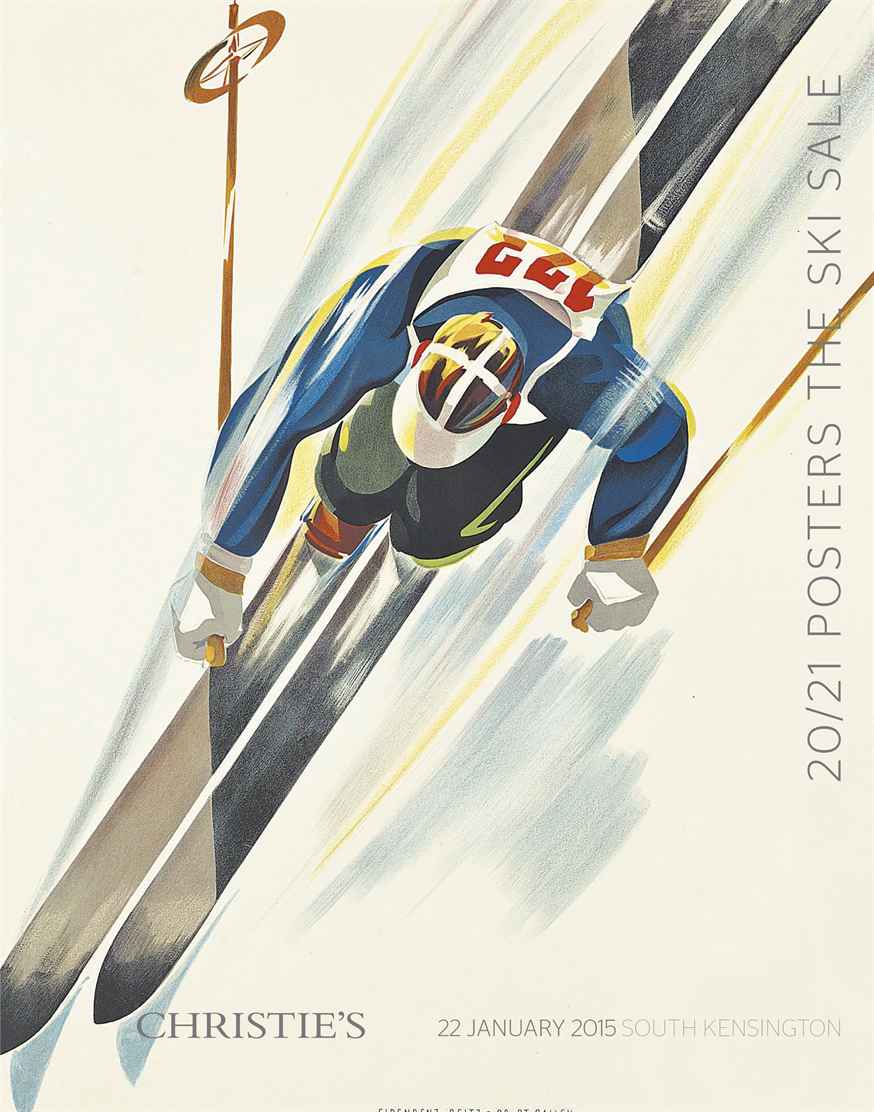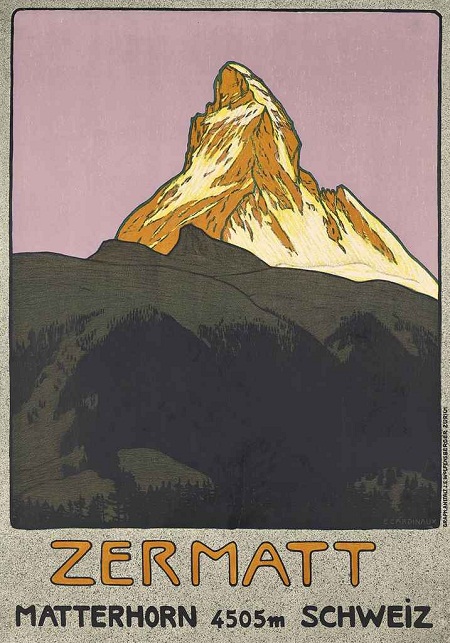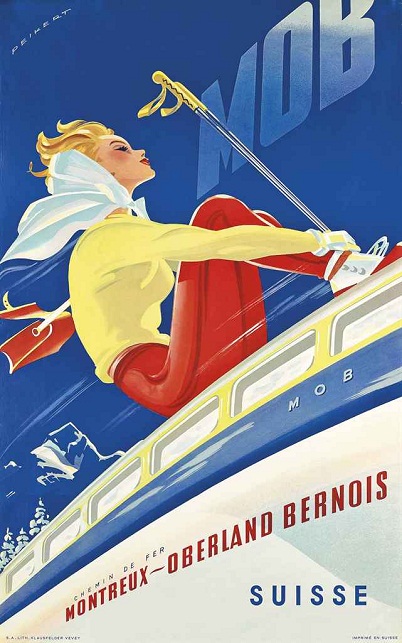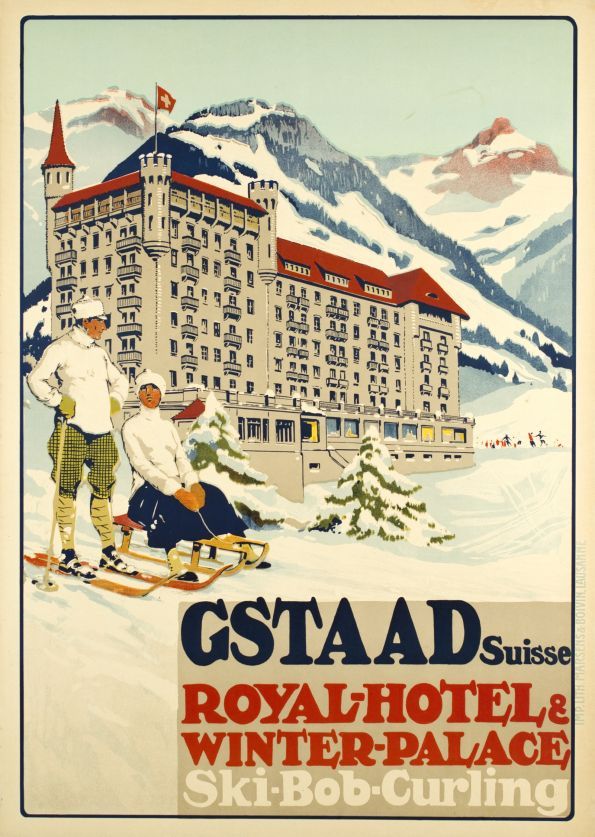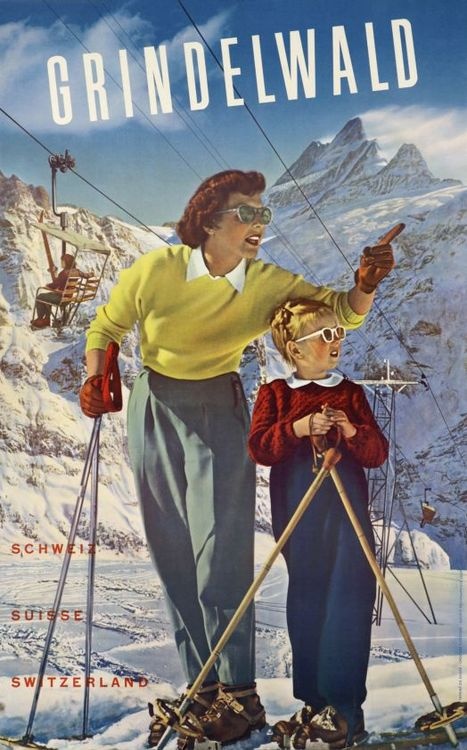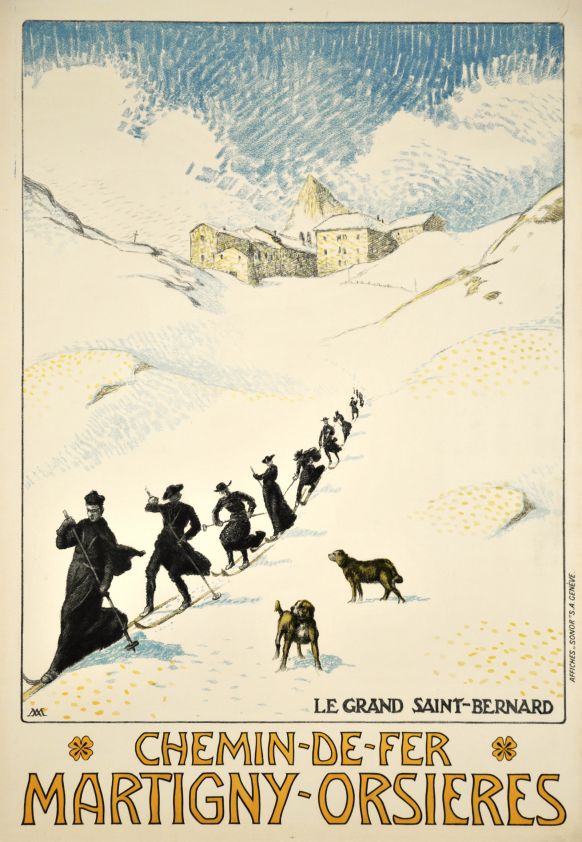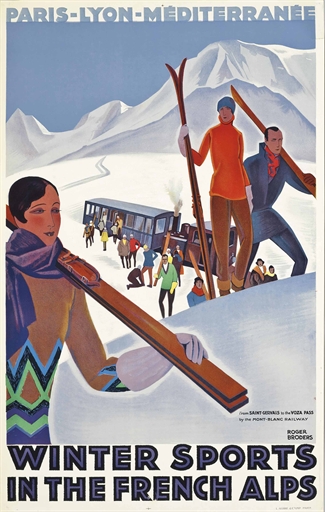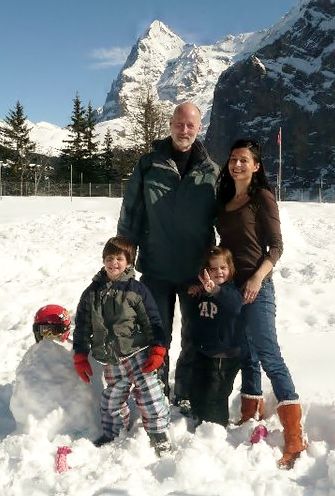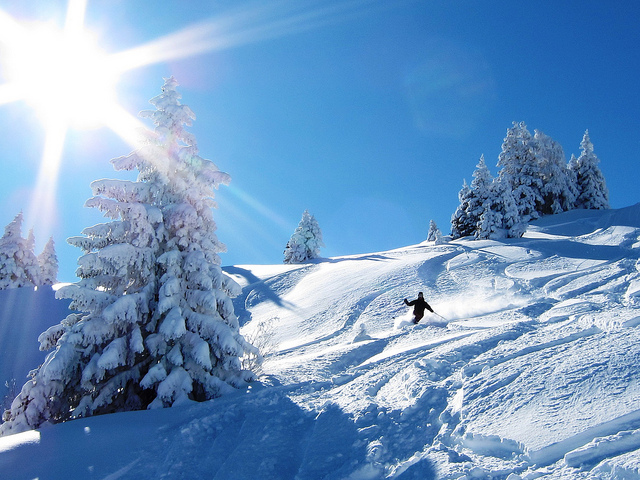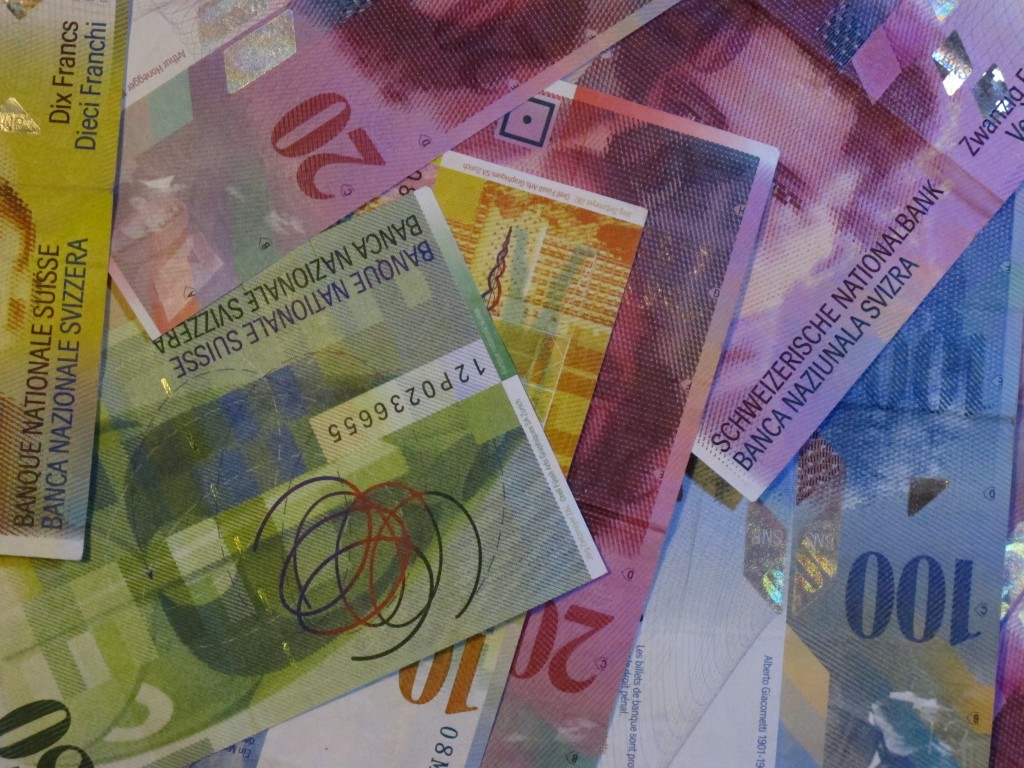
Swiss Ski Resorts were left reeling by the lifting on the cap on the Swiss currency by the Swiss National Bank. It clearly took everyone by surprise, including yours truly who was considering converting some euros to francs, but left it a little too late.
In fairness, many resorts this season will have been locked into the fixed exchange rate, and will be loathe to upset customers by amending them. For customers who paid up front, they have even less to worry about. Similarly Swiss residents, who make up the largest share of winter sports tourists, will not seen any difference at all.
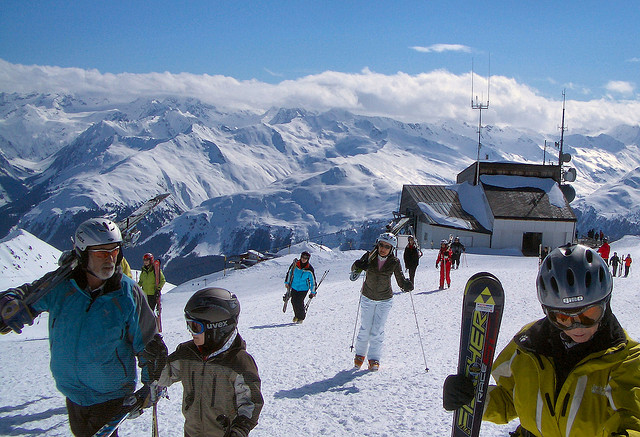
Nor, I suspect, will the global leaders who descend on Davos this time of the year to talk about world affairs, showboat, get a couple of turns in and generally enjoy an expense-paid outing. The shindig must be great for Davos, at the best of times a fabulous destination, and I suspect the visitors will not blanch at sticking another bottle of plonk on expenses even when they see the price tag. It always seem such a bizarre, even surreal, location for people to go to talk about problems facing the world.
Zermatt similarly is unlikely to feel much pain from the Swiss Franc exchange rate. The dollar and pound sterling have suffered against the franc, but not to the extent of the euro, and Zermatt gets a lot of Anglophone custom. It is also perhaps the best ski resort in the world, and many visitors will reluctantly accept the higher prices as the cost of being in the shadow of the Matterhorn. Reports are that the weakness of the ruble has not deterred the Russians who descend on St Moritz every winter, and Verbier has always attracted a crowd who are relatively price-insensitive, such as the Duke of York.

The losers are likely to be second tier resorts, and the pain is likely to occur next season. It is probable that the franc will remain strong if the European central Bank does, as is predicted, embark on a massive round of quantitative easing, i.e. print more money, and even the negative interest rates on funds held with the central bank in Switzerland does not seem to have deterred people who still see the franc as a safe haven. I will not be surprised to see the franc tagged again to the euro, albeit at a higher rate than before, simply because it is easier for a central bank to devalue a currency than to appreciate its value. An interesting article here, suggests other reasons why the SNB dropped the cap, but even if the cantonal governments welcome it a wide range of Swiss businesses will be appalled and will certainly canvas for redress.

